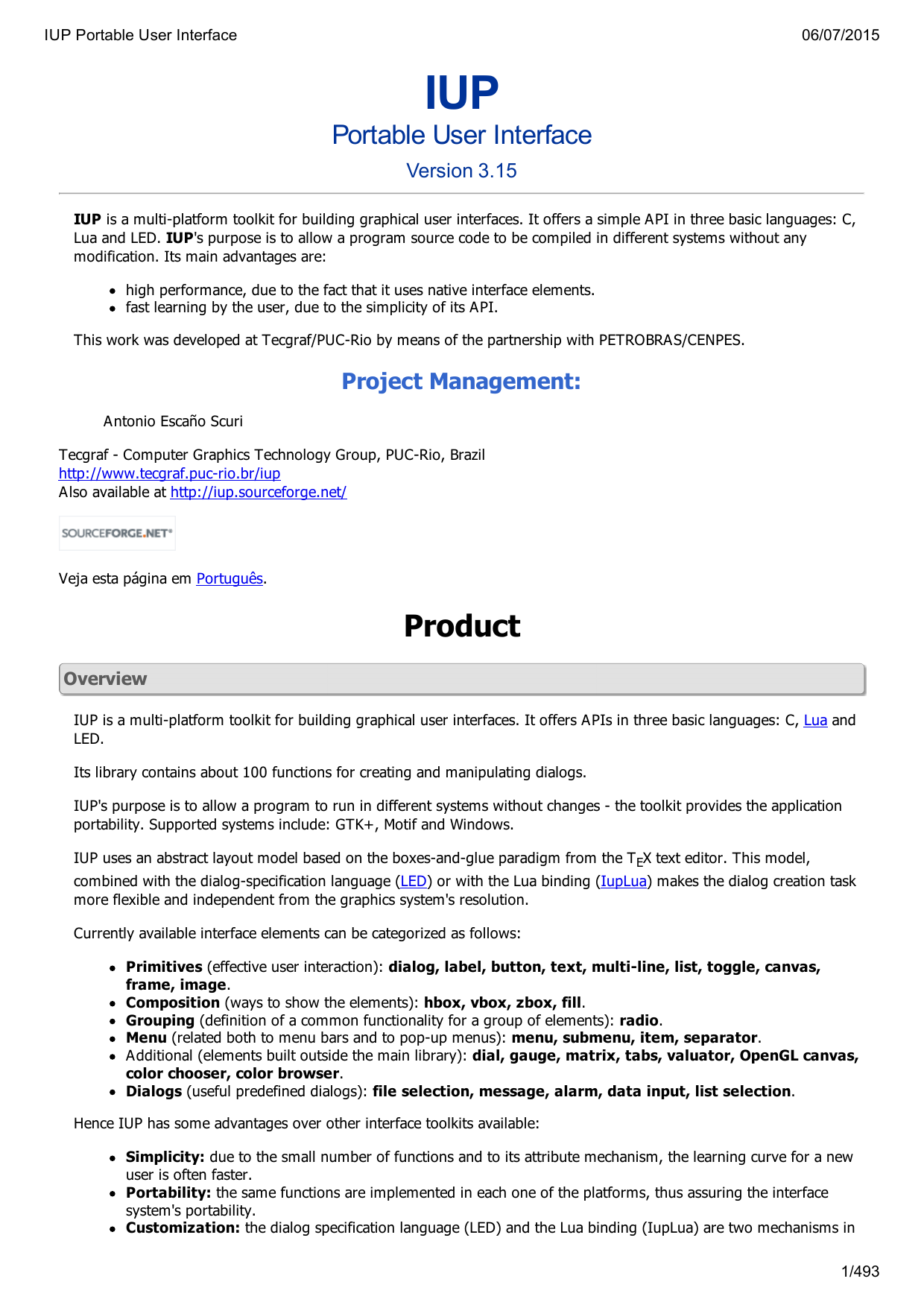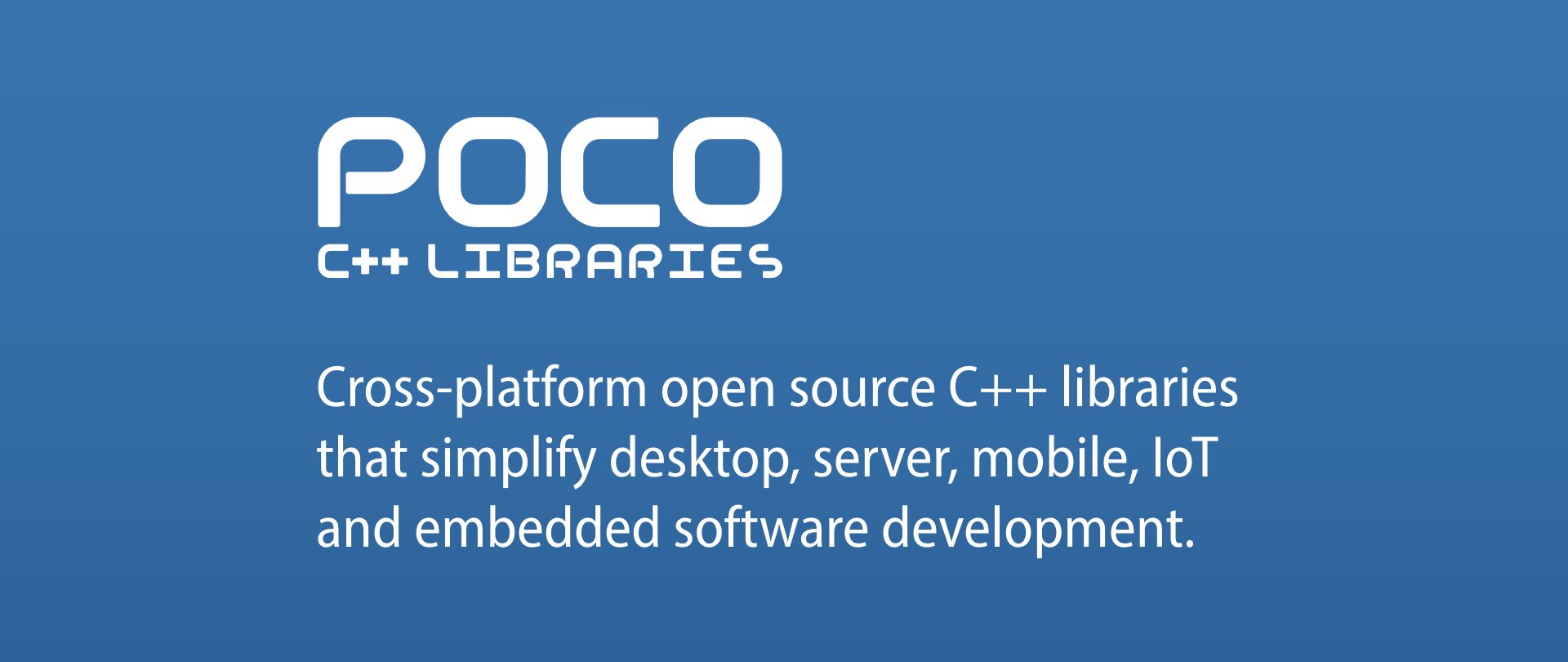- Glaux is a horribly outdated Win32 library (1996) for loading uncompressed bitmaps. Use something better, like libPNG, which also supports alpha channels. Share improve this. Sudo apt-get install libglu1-mesa-dev freeglut3-dev mesa-common-dev. How do I use Open GL in a C project that I am porting from Linux. Using nmake to build a.
- Apr 22, 2013 Dev-C development packages provide C/C programmers using the Dev-C IDE with an ease of installation for various useful libraries and tools.!!!!! The currently only active admins are mol1111 and laserlight, please do not contact other listed ad.
Dev C Glaux Library Locations
This tutorial is for those who want to get started with OpenGL using Dev-C++. OpenGL is open graphics library created by silicon graphics. It is the specification of some functions that let you draw some shape on the screen.This article makes use of library called GLUT,that works with OpenGL to create and maintain a window. In order create graphics using OpenGL you will need glut.h and glut32.dll. These files are available for free on the web. You can download most of what you need from there, if you unable to find it out then don’t panic.There is devpak available for Dev-C++ for openGL. All you have to do is add the devpack in dev-cpp package manager.If you’re using any other compiler then you can skip this and direct yourself .
You can find and download packages by using the WebUpdate utility within Dev-C (in Tools, Check for updates/packages). DevPaks.org is also a very good place to.
So you’ve two choices either download the files manually (glut.h& glut32.dll) or use the devpak for Dev-C++ & Codeblocks. Let’s start with devpak method.
Devpak Installation
If you’re opting to install the devpak instead of dll files manually,you have to download the opengl devpak. You can download Nigel’s opengl devpak. From the list on the page Download glut.3.7.6+. DevPak to a local folder. In Dev C++,open the package manager: Tools->Package Manager. Here,you can see the pre-installed packages that came with your distribution of dev-cpp. To Install the glut package,click on Package->Install Package. Browse to the location where you’ve downloaded the glut devpak. Once you done with adding,it will appear in the package manager list. Now you can safely exit package manager. Now you’re ready to write program on Opengl with devcpp. You don’t need to follow the compiler configuration explained below if you’ve downloaded the opengl devpak.
Compiler configuration
If you’ve downloaded the glut.h & glut32.dll then you’ve to copy those files into the devcpp’s ” /lib” folder. Now you’ve to setup the IDE’s configuration, so that you can use the opengl library with it. Let’s start by creating new “Project”. Select Empty Project type from the basic tab window,make sure C++ project is selected. Create the new project in the folder with the source file. Add the .cpp file to the project by Project->add to project.Select the .cpp file
Now we have to add some parameters in linker options.In order to do that go to Project->Project options.In the “Parameters” tab window add the following line in the Linker pane:
-lglut32 -lglu32 -lopengl32 -lwinmm -lgdi32
Now click “Ok”,when you done with it.
We are done with the installtion & compiler configuration of opengl devpack into dev-cpp.Ig you’ve done the above steps carefully,you will able to write any opengl code with dev-cpp.

Help & Support
OpenGL is largely documented in web & print media due to its ease of use & effectiveness.Almost every famous compiler on the web has some documentation for the OpenGL.It is very difficult to point each & every resource,i’m pointing out to some of the effective ones.
If you are looking for more information about opengl try the resources mentioned above.If you have any suggestions or questions please post them here.
Creating 2D graphics programs under DOS is easy if you’re using [turbo c]. There is library file called graphics.h that does the tiresome work for you. But unfortunately this library is borland specific you can’t use it on other compilers.
Even though some peoples somehow managed to port it outside the turbo. Some people hacked their own version of graphics.h. One such person is Micheal main, he ported some of borland graphics functions and library.
Micheal main modified BGI library for windows application to be used under MinGW. This BGI library is renamed as WinBGIm. Now you can use all the borland specific functions under Dev-C++.
InstallationÂ
In order to run graphics programs under Dev-C++ you have to download WinBGIm files. Download the files listed below.
- Graphics.h (download to C:Dev-Cppinclude)
- libbgi.a(download to C:Dev-Cpplib)
Once you download the files. Now you have to place into the correct location in Dev-C++ installation folder. Try to locate include and lib folder under your dev-cpp installation. Move these files under the respective folder of include and lib. like e.g. D:Dev-cpp include & D:Dev-cpplib .
Configuration
At last step you’ve downloaded & installed the WinBGIm, now you have to configure it to use under Dev-C++. You’ve to set some project options in Dev-C++ in order to run WinBGIm references properly.
Follow the steps below to set proper project options for WinBGIm.
1. Go to the “File” menu and select “New”, “Project”,Choose “Empty Project” and make sure “C++ project” is selected. Give your project suitable name and click on “Ok”.
OR
1. You can create individual C++” source file” instead of “project”. Go to the “File” menu and select “New Source File” OR Go to the “Project” menu and select “New File”.
2. Go to “Project” menu and choose “Project Options”.
3. Go to the “Parameters” tab.
4. In the “Linker” field, enter the following text:
- -lbgi
- -lgdi32
- -lcomdlg32
- -luuid
- -loleaut32
- -lole32
5.Click “Ok” to save settings.
Now you’ve done with the configuration for WinBGIm. Please make sure you’ve done this step properly otherwise compiler will flag error.
Testing & Debugging
Now let’s write a small program to test how WinBGIm works. Here is the source code for the program. Type it down,save it with .cpp extension and compile and run to see the results.
#include <graphics.h>
#include <iostream>

using namespace std;
int main()
{
initwindow(800,600);
circle(200,300,600);
while(!kbhit());
closegraph();
return 0;
}
This is the program for displaying circle with respective parameters on window of size 800×600.This window will close when you press any key.If you’ve made settings correctly then you can view the graphics,without any problem.
What’s included ?
All the borland graphics batteries included, plus some additional written by other contributors of WinBGIm. With WinBGIm you can use most of the borlands graphics function & RGB colors. You can also use detectgraph() and initgraph() or you can use new function called initwindow(). You can even use some of the old mouse function such as int mousex() & int mousey() along with getmouseclick() & clearmouseclick(). For keyboard functions,you don’t have to include conio.h some of the functions are supported without it like void delay(int millisec),int getch( ),int kbhit( ).
If you want to capture the screen where you’ve created your graphics. You can do it with help of these functions getimage(),imagesize(), printimage(), putimage(), readimagefile() ,writeimagefile().
Help & Support
If you’re into some trouble with installation & configuration,then please post your questions here. But please don’t post homework problems or your custom projects.Google groups is the right place to get answers in such cases. You can even get lot of support with WinBGIm and Dev-C++ at Google groups. If you want to read about the WinBGIm documentation & FAQ.

Dev C Glaux Library Login
If you’ve any question or suggestion then don’t hesitate to post it here.If you know any alternative than WinBGIm,please post about it here.